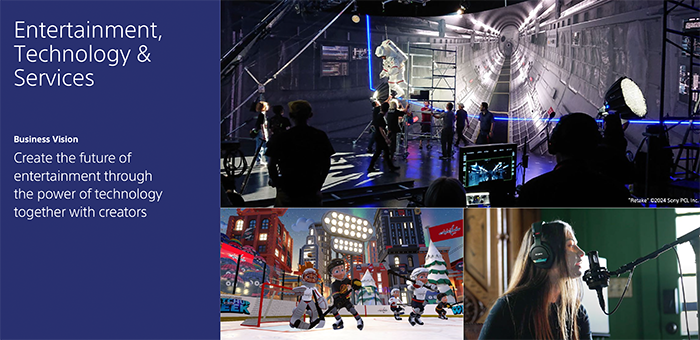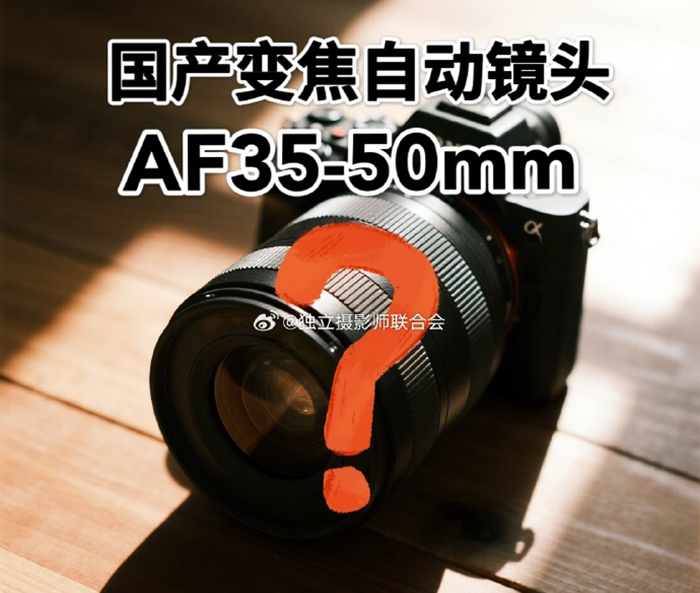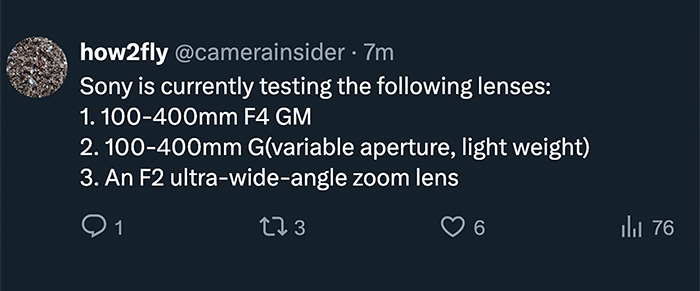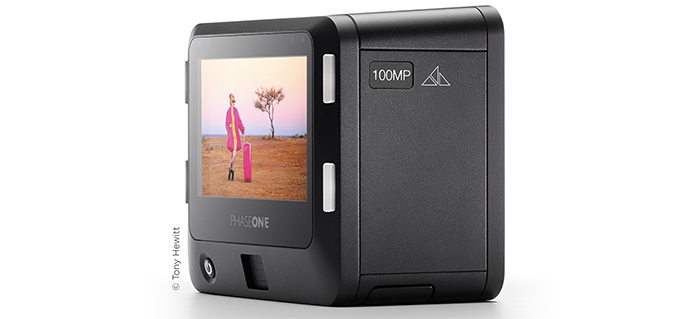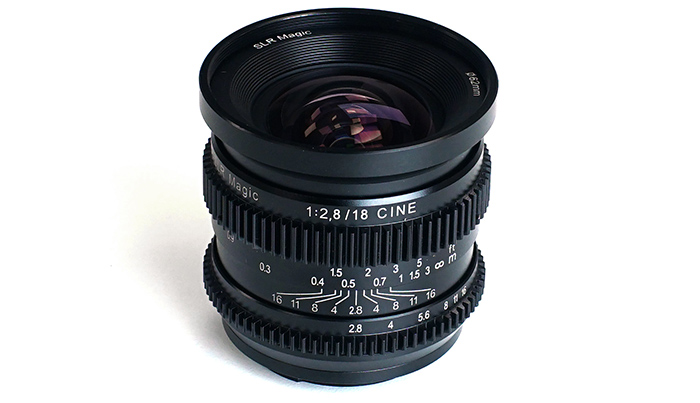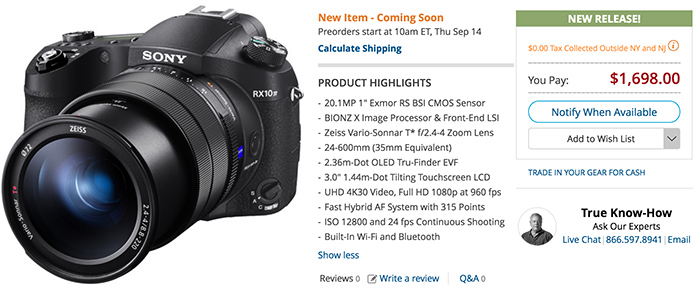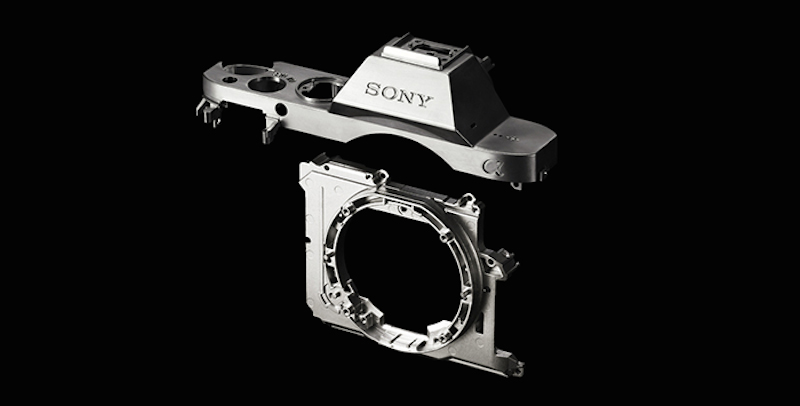Sony PRO Support Expands in the US

NEW YORK, September 12, 2017 – Sony Electronics, a worldwide leader in digital imaging and the world’s largest image sensor manufacturer, has today announced several updates related to their Sony Imaging PRO Support organization.
Sony’s organization to support working professional photographers and videographers now features a domestic 24/7 call center and new walk-in service centers in New York City and Los Angeles. Additionally, Sony Imaging PRO Support has launched a full in-the-field technical team to support professionals across all of North America. The team is providing in-the-field service and on-site depot support at major sporting events such as the U.S. Open and PGA Championship, media events and shows across North America, offering camera cleanings, evaluation loaners, education and seminars.
Also announced today is the launch of Sony Imaging PRO Support Canada, offering all of the benefits of the program to pros throughout the Canadian market.
Membership to Sony’s Imaging PRO Support organization has grown over 40% year over year in North America, while consistently striving to minimize customer costs and maximize efficiency and turnaround time for all repairs and services.
“Our team is fully committed to building an ecosystem that supports the needs of digital imaging professionals today and tomorrow,” says Sony VP Neal Manowitz. “We are focused on reducing downtime, removing costs and improving overall satisfaction. New walk-in locations, a 24/7 domestic hotline and a field team supporting event depots are just a few of the many steps we are taking to provide the best-in-class solutions for professionals.”
These updates come on the heels of the introduction of Sony’s new flagship α9 camera earlier this year. Featuring the world’s first1 full-frame stacked CMOS sensor with 24.2MP2 of resolution, blackout free, completely silent shooting3 at up to 20 fps4 with full autofocus, a 693 point focal plane phase detection AF system and more, the α9 is revolutionizing the professional imaging market.
Existing benefits of the Pro Support program including dedicated email and call support, expedited three-day repair turnaround time, evaluation loaners, up to three free camera and lens maintenance services per year, complimentary shipping fees for repairs and access to a variety of exclusive members only events held throughout the year.
Those interested in joining Sony’s premium care program can visit www.alphauniverse.com/prosupport to apply. After the online membership form is submitted and approved, a member of the Sony Imaging PRO Support team will contact applicants directly to discuss the program’s benefits in detail.
Those interested in visiting a walk-in Sony Imaging PRO Support center can visit the Los Angeles location at 2706 Media Center Drive, Ste. 130, Los Angeles, CA 90065, phone (323) 352-5007, or the New York location at Photo Tech, 360 W 36th Street, New York, NY 10018, phone (212) 673-8400.
Notes:
1, As of September 2017
2, Approx. effective
3, Electronic shutter mode. At apertures smaller than F11 (F-numbers higher than F11), focus will not track the subject and focus points will be fixed on the first frame. Display updating will be slower at slow shutter speeds.
4, “Hi” continuous shooting mode. The maximum frame rate will depend on the shooting mode and lens used. Visit Sony’s support web page for lens compatibility information.
Thanks “Donotunplug”…I will not yet :)
